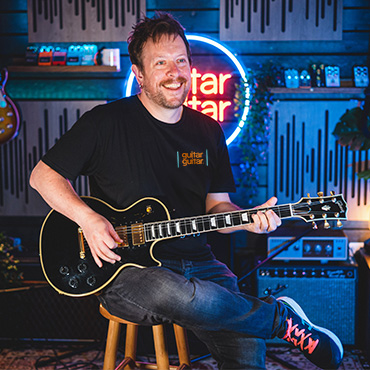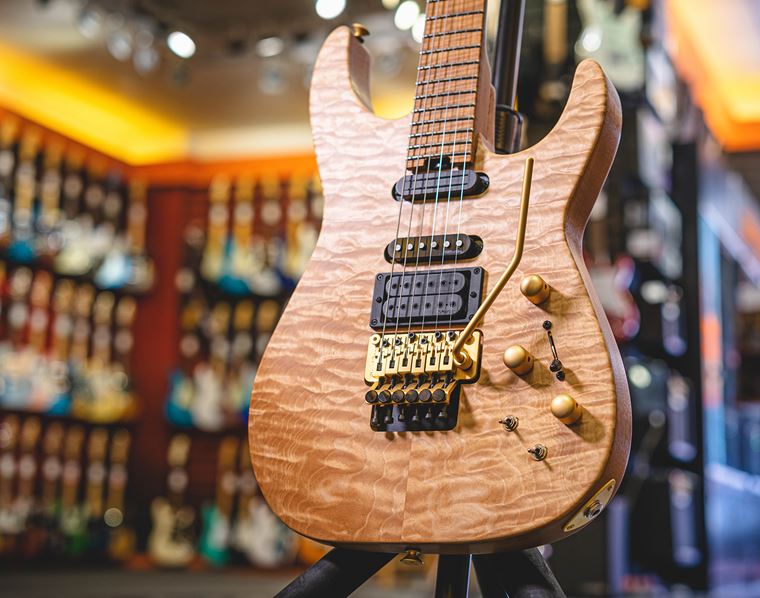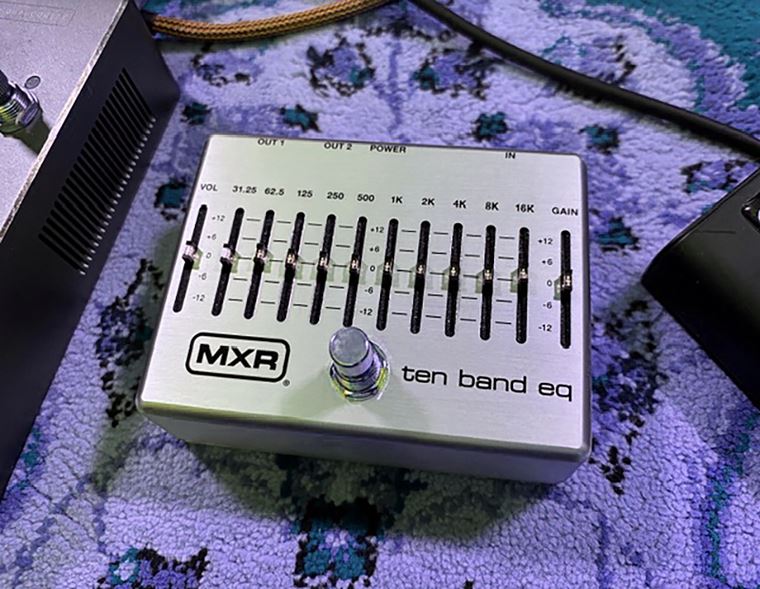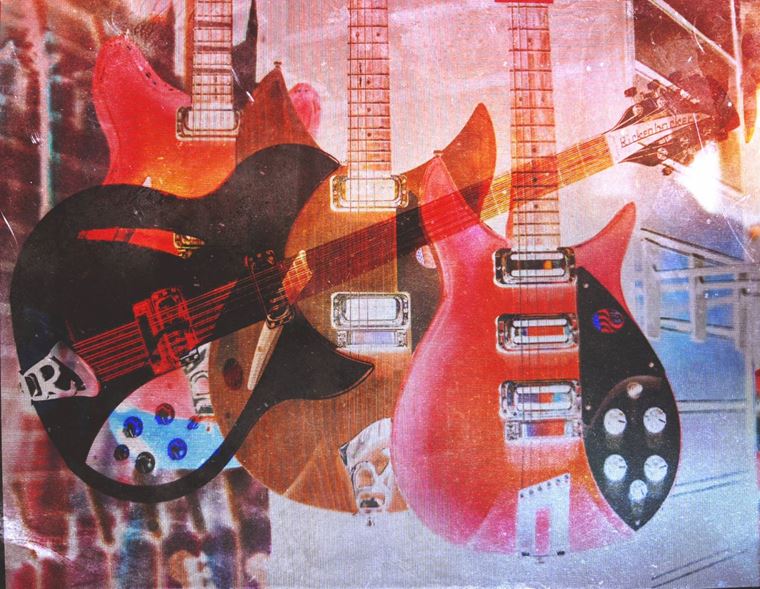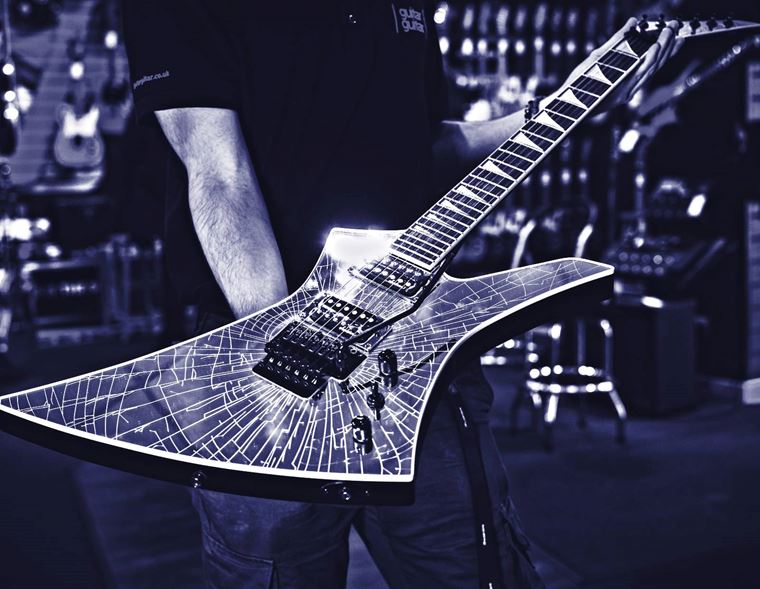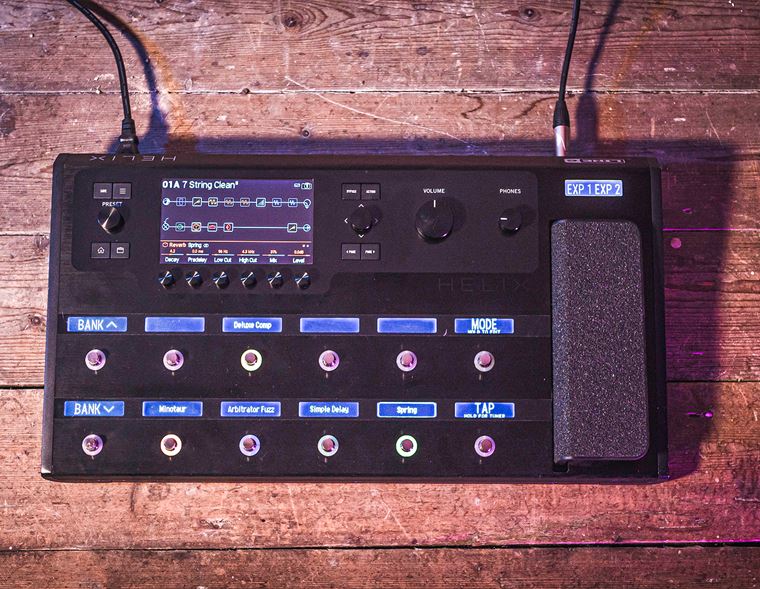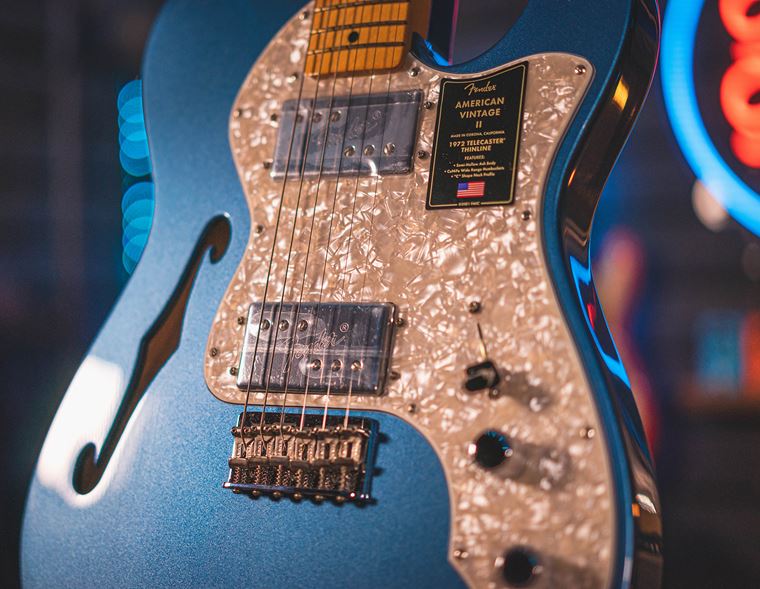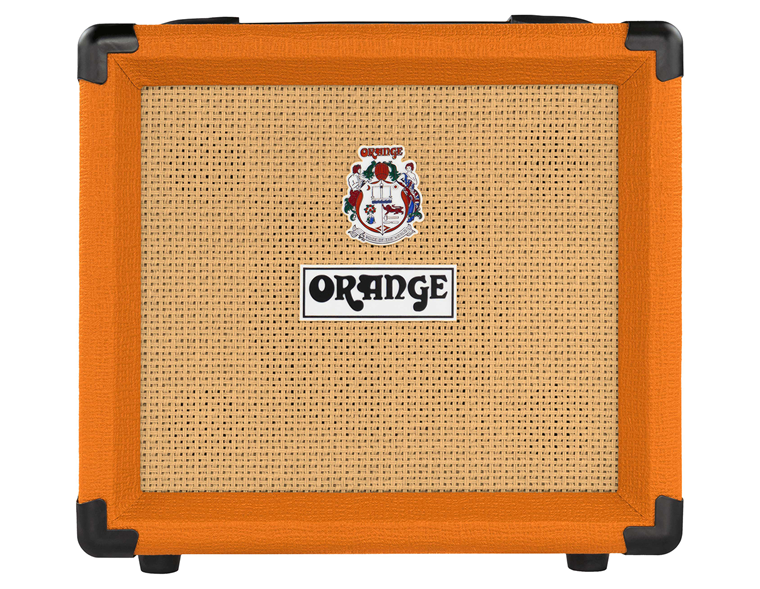Do You Need a Guitar Amp?
Published on 24 April 2025
Do you need a guitar amp? It seems strange to even question the notion, but in 2025, it’s quite possible to enjoy electric guitars and basses without ever owning an amplifier.
Whether you are a guitarist or a bassist, current technology has now made digital devices a more than viable option for practising, recording and even touring. Today, I’ll look into the benefits and potential drawbacks of sticking with amps or ‘going digital’.
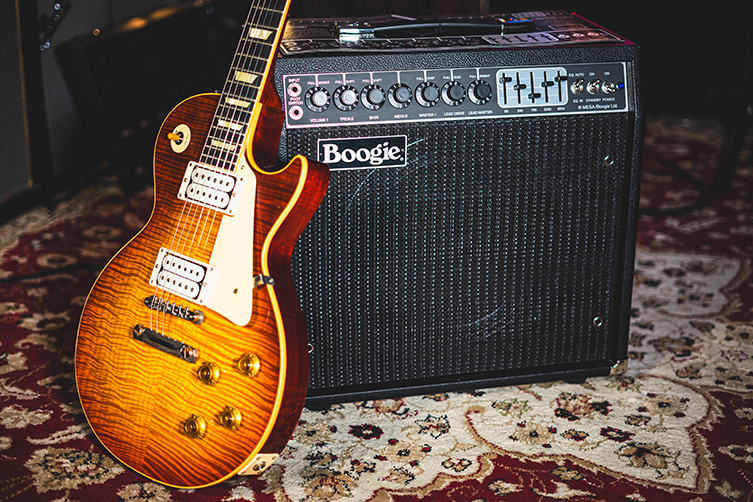
Contents
When Technology Doubles, Prices Half
Guitar Amps Today
- Tubes still rule the roost
- Technology in amps is seriously impressive
In the past, guitar amplifiers were the only realistic option to make a good guitar tone. They were split between two technologies - valve or solid state - with the solid state variety being seen as second fiddle to tubes.
Most of the world’s most famous amplifiers are tube/valve amps, from the Fender Twin and Vox AC30 to the Marshall JCM800 and MESA/Boogie Dual Rectifier. Tube technology is old-fashioned, but in most cases (not all cases), it delivers the most pleasing tonal results.
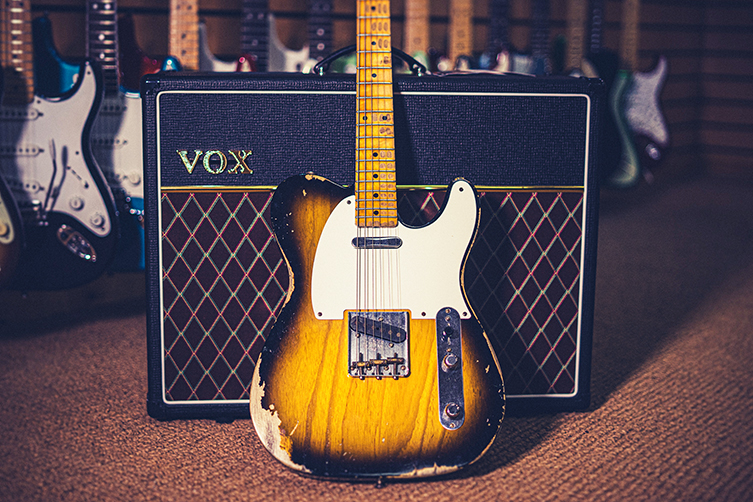
Solid state technology has always been more acceptable to bassists (and to metal guitarists) but - with a very few exceptions - I believe it’s fair to say that guitar players prefer valves.
Today, in addition to tube amps, digital technology has resulted in lots of ‘modelling’ amps such as the famous Line 6 Spider series, which aims to mimic a number of existing amplifiers and effects, all from the one box. These feature-rich amplifiers (check out Fender Mustang, BOSS Katana and others too) are certainly practical and economical compared with the more spartan amps of the past.
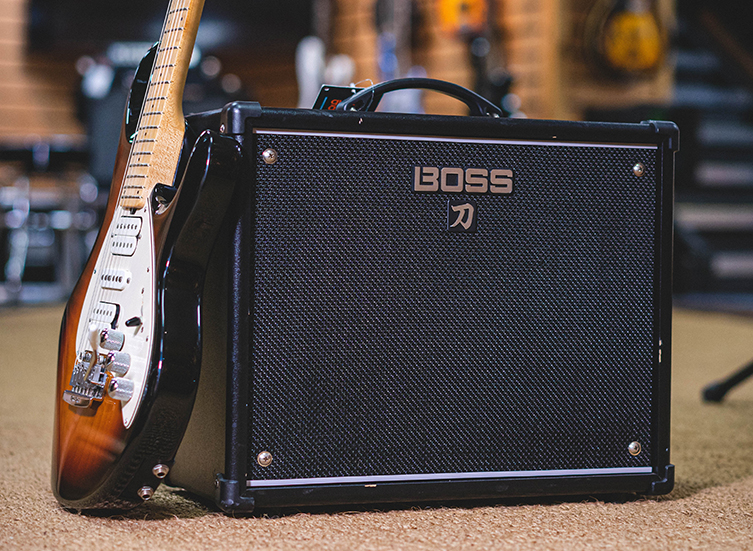
Up until recently though, the sound and response of solid state and digital amps has failed to adequately recreate the sensation of a true valve amp for guitarists, and for that reason, they’ve never been as appreciated beyond the ‘house amp’ sphere of use.
Digital Modelling Units
- Rich in features
- More ‘realistic’ than ever
- IR has changed the game for many players
Line 6 changed the game in the 1990s with the POD. A small, kidney bean-shaped (why was it this shape? I have no idea…) device that provided (for its time) realistic recreations of multiple amps and effects, the POD differed from typical multi-fx in that it wasn’t designed for live use necessarily, and it wasn’t designed to be used with an amp. It replaced it all, at least for the producer or headphone player. At that point, multi-fx were seen as toys for amateurs: pros used amps and a board filled with individual stompboxes. The main reason for that was that an amp & pedals still largely sounded better. Fair enough!
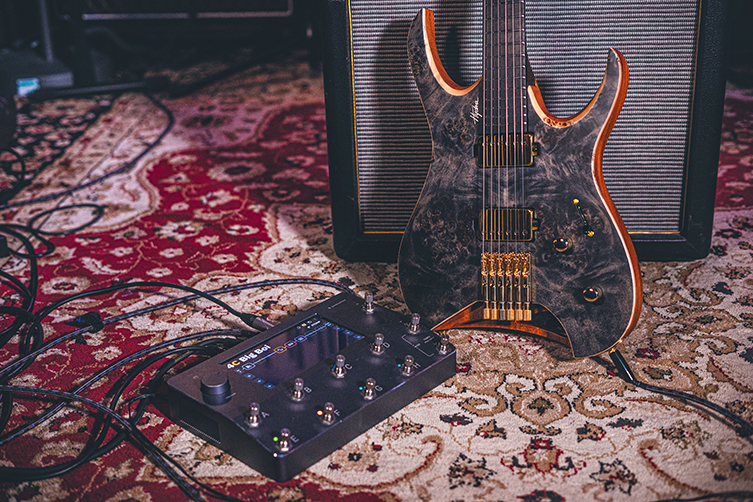
But that was a while back. In the years since, technology has shot ahead like a bullet train, and so current digital FX units are able to not only produce lots of modelled tones and effects, but for those sounds themselves to be of markedly higher quality than anything from even a few years before. The Line 6 Helix, Fractal Axe FX and Kemper Profiler all played a significant part in changing the opinions of even the most traditional of guitarists. Newer technology from Neural DSP, Positive Grid, IK Multimedia and other newer brands have also delivered.
When Mark Knopfler is fine taking a Kemper out on tour as his main backline, you know the situation has changed significantly.

One element that seems to have helped convince many players is impulse response. This term (often referred to as ‘IR’) mimics the sound changes that occur to a guitar tone as it comes out of the ‘virtual’ speaker. Different speaker IRs are captured by the technology and used as part of the signal chain (amp model, effects then IR) to provide a wholly convincing sound, both in terms of sound and feel.
When Technology Doubles, Prices Half
‘When technology doubles, prices half’. That’s one of those age-old maxims spouted by learned people in the past. It normally referred to games consoles and televisions but we can apply it to digital modellers today.
Top end units like the Quad Cortex will still command a hefty price, but the same brand also has the Nano Cortex which is about 3 times cheaper!
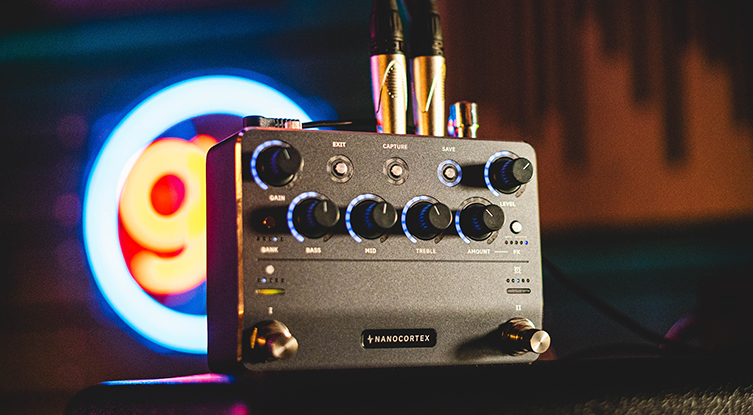
Similarly, Line 6’s flagship Helix Floor unit is expensive (not overpriced, I should point out) but the brand offers a whole family of effects that cost less. There’s one for every price point, and newer brands like Hotone, NUX and Mooer also offer decent quality effects (with 2025-level sounds) for extremely good prices.
When You Need an Amp
For some people, there’s not getting past the whole notion of plugging into an amplifier. I get it. There’s a large focal point for your sound to be coming from, and there is a physical speaker moving sound through the air. You can interact with that sound by moving your physical position. It’s all very ‘real’ and I get it.
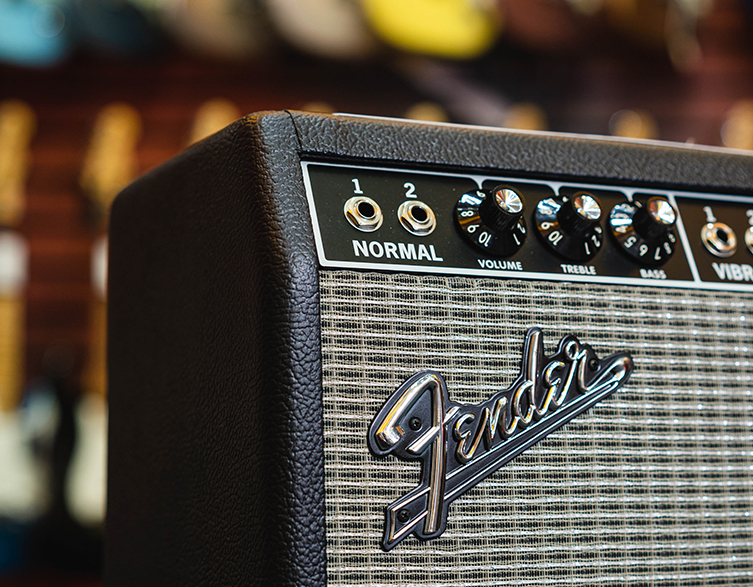
When might you need an amp? Here are some instances for you…
- You are playing a gig with a limited PA system, so the vocals need it most.
- You’re rehearsing somewhere with no PA
- You’re rehearsing somewhere that does have a PA system but it’s rubbish and you really don’t want to have to DI your guitar through it because it’ll sound terrible
- You spent a lot of cash on a lovely amp and you want to get the most from it
- You have a permanent rehearsal space and so don’t need to shift gear very often
- You have no neighbours
- You just prefer the real deal of interacting with an amplifier
These are all pretty square reasons for wanting an amplifier. I’d say the main reason is more simple: you just want an amp. You don’t really need to justify it, unless somebody else is carrying it around from gig to gig for you!
Why You Don’t Need an Amp
And now, here are the reasons why a digital modeler might be a better shout for you than a full-on amplifier…

- You like to use a larger variety of sounds than an amp can offer (though today’s modelling amps may still do that)
- You tour a lot and an amp is a heavy, expensive appendage
- You want to know that your sound will be largely the same night after night
- Volume issues at venues mean that you can’t blast an amp to get the prime tone
- You only play at home and an amplifier isn’t an option for space and volume reasons
- You use public transport at least some of the time
- The amps you want cost too much and take up too much room when one thing can deliver the sounds in a small box
- You love the idea of pulling a small box from your gig bag and having that supply all of your tones.
The lists for both arguments can go on and on. Did you notice one thing that was missing from both?
Sound quality.
Sound quality didn’t even come into it. You know why? I’m sure you’ve guessed it by now, but I may as well spell it out: fantastic tones can be had from all sources these days. Digital modelers, amplifiers, and computer plugins. You don’t need an amp to sound amazing any more, and you don’t need to spend lots of money to sound amazing.
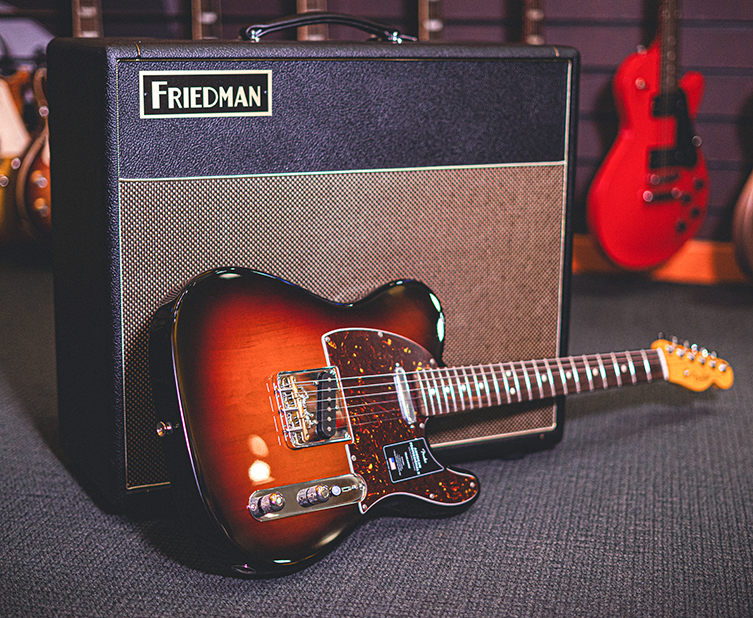
An amp may be your best choice, for any of the reasons stated above, but it’s definitely not the de facto choice these days.
Also, it’s worth considering if an either/or situation is even workable for you. Maybe getting both is best? That’s not the salesman in me, by the way: it’s what I do as a gigging guitarist. Some gigs require an amplifier, and most don’t. I like to be prepared for both eventualities!
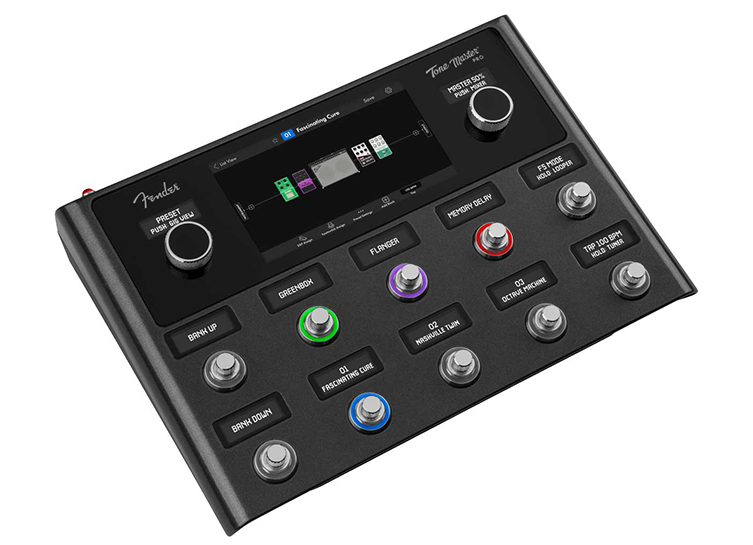
As always, take the points raised if they resonate, then go off and do your thing! Use what makes you happy: you answer to no one. The guitar tone world is your oyster!

